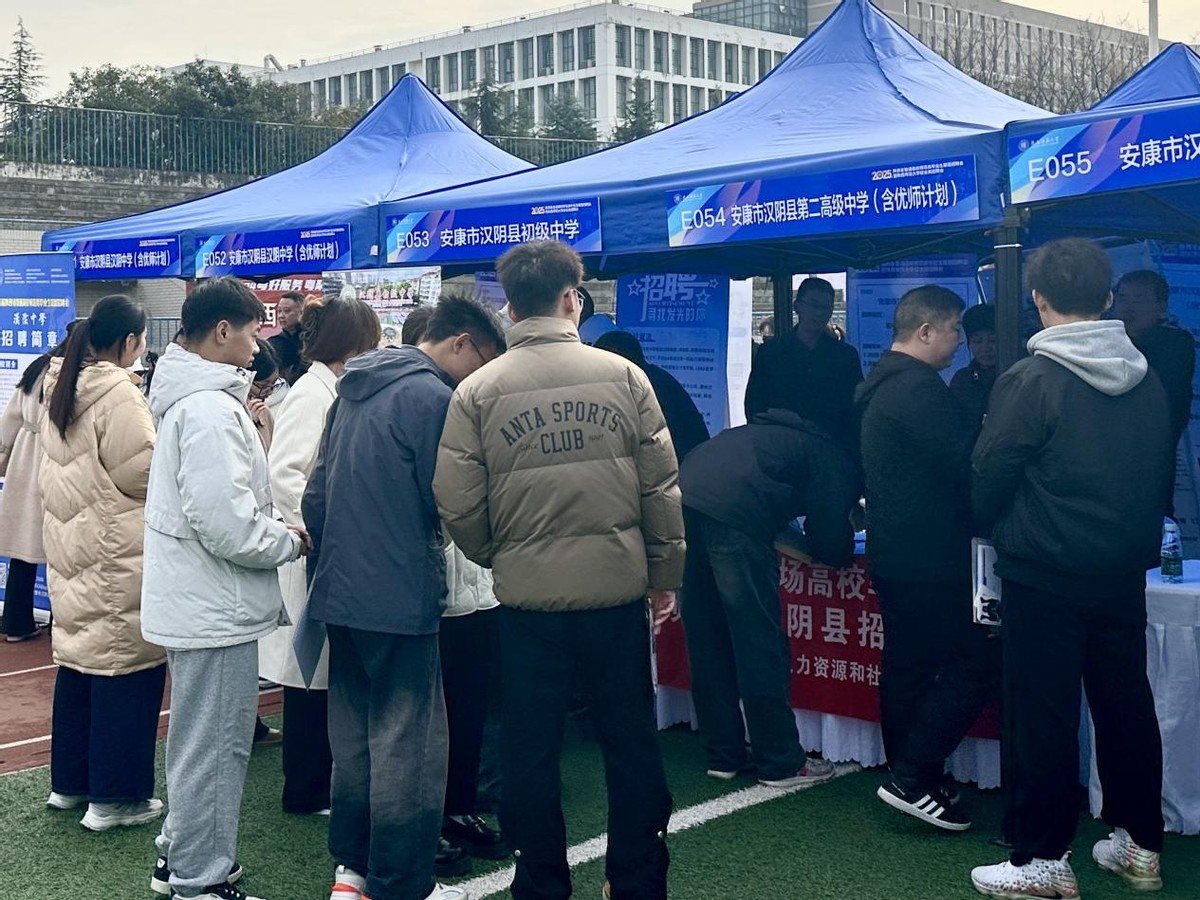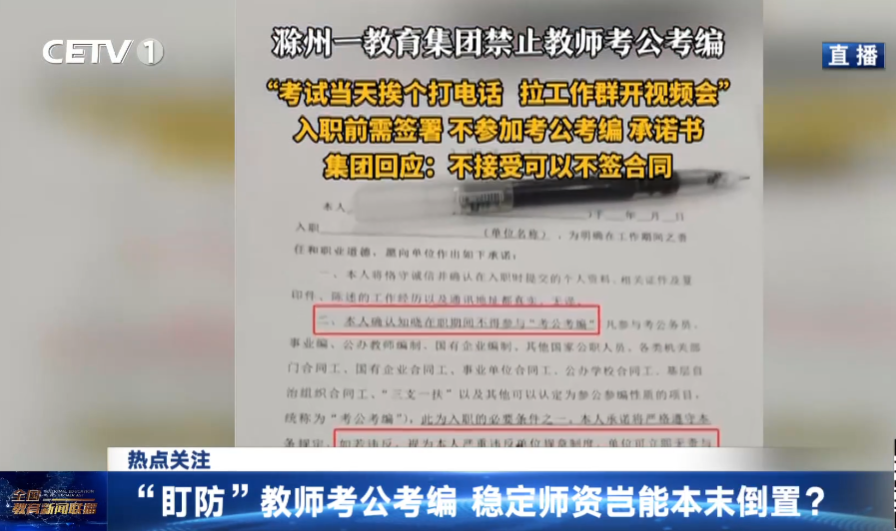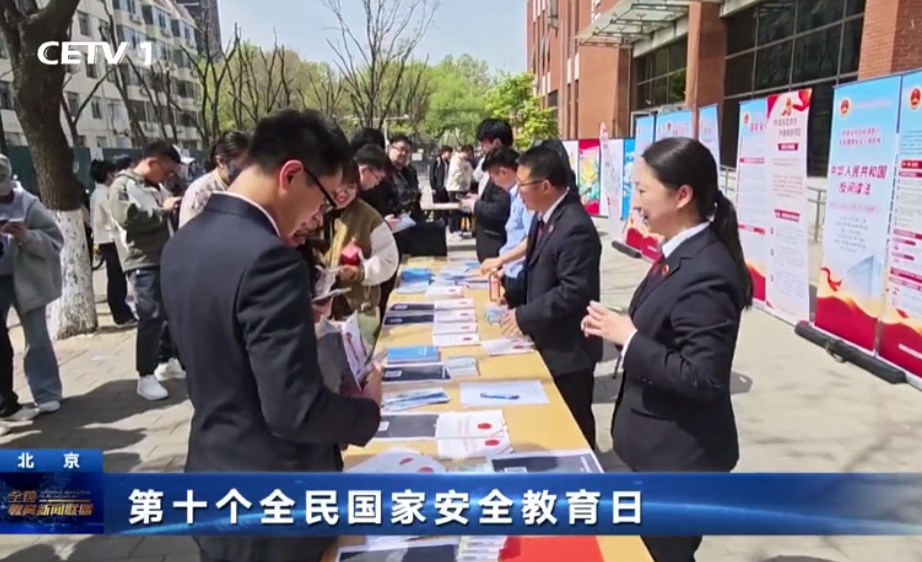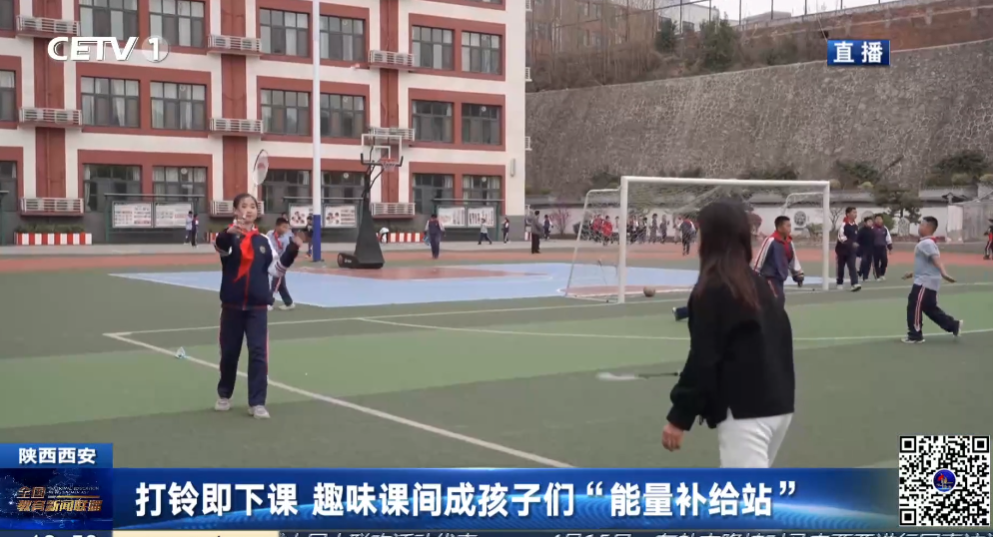從中西方思維差異中看英文寫作修辭模式
作者:陜西財經職業技術學院 陜西咸陽 操龍升
發布時間:2012-10-29 09:58:17 來源:陜西教育報刊社
[摘 要] 文章從中西方人的思維模式出發,通過論述中西方人不同的思維特點,從而得出中西方在英文寫作中存在不同的思維模式,并將其羅列加以比較總結。從中得出結論,只有充分了解掌握中西方人不同的寫作思維特點,才能很好地指導學生英語寫作,有效提高英語寫作水平。
[關鍵詞] 思維 差異 英語寫作 模式
從思維方式看,中國人與歐美差異主要體現在辯證思維與邏輯思維上。廣大學者常常把中國人歸類為用辯證思維思考問題。用邏輯思維或者分析思維來描述西方人的思維方式。研究發現,中國人的辯證思維包含三個原理:變化論、矛盾論及中和論。從宏觀上看,變化論普遍認為世界永遠處于變化之中,沒有永恒的對與錯;矛盾論則認為萬事萬物都是由對立面構成的矛盾統一體,沒有矛盾就沒有事物本身;中和論則體現在中庸之道上,認為任何事物都存在著適度的合理性。這三個辯證的認識事物的原理決定了中國人看問題、思考問題、解決問題的思維方式。對中國人來說,經過數千年的歷史文化積淀,辯證思維已經內化成了自己的性格特征。從而,也就形成了中國人說話,記事,寫作的這種固定模式。
與中國人的辯證思維截然不同,西方人的思維是一種邏輯思維。這種思維強調世界的同一性,非矛盾性和排中性。從宏觀上看,同一性認為事物的本質不會發生變化,一個事物永遠是它自己;非矛盾性相信一個命題不可能同時對或錯;排中性強調一個事物要么對,要么錯,無中間性。西方人的這種思維主導著西方人與東方人風格迥異的看問題、思考問題的角度,他們在考慮問題的時候喜歡從一個整體中把事物分離出來,對事物本質特性進行邏輯分析。完全不像中國人那樣追求折中與和諧,而是強調個人作用,表現出外傾、求異、開拓。
正是因為思維方式的取向不同,造成東方人和西方人在寫作思維上也存在著明顯的差異,從而對寫作的布局謀篇有著至關重要的影響。總的來講,共有兩類截然不同的修辭寫作模式:西方人的線性修辭模式和東方人的螺旋型修辭模式。
西方人的線性修辭模式
線性修辭模式又包括:一般特殊型、問題解決型、匹配比較型。
⑴一般特殊型
一般特殊型又稱“直線型”,其寫作特點是:開宗明義第一句往往概括主題思想,然后再引出具體事例或細節并對其進行發展。主要運用的方法是演繹法,即從總體概念到具體情節。且看下面段落:
You have your tension. Sometimes you come close to having an accident that upsets you.You just escape maybe by a hair or so. Sometimes maybe you get a disgruntled passenger on there, and start a big argument Traffic.You have someone who cuts you for stops in front of the bus. There’s a lot of tension behind that. You got to watch that all the time. You are watching the drivers, you are watching other cars. Most of the time you have to drive for the other drivers to avoid hitting them.So you take the tension home with you.
這段先勾畫出輪廓tension ,然后提供細節,分別提及accident,passenger, traffic ,圍繞主題加以闡明,從而把造成司機心理緊張的因素交代清楚。一般特殊型思維模式在英語語篇中占主導地位,不但廣泛應用于論說文中,而且也常用于記敘和描寫文體里。所以在平時練習中,教師要多注意引導學生讀此文章,多模仿此類寫作模式。
(2)問題解決型
本模塊立意在“how”以“方法”、“途徑”、“怎么辦”為短文的核心,其特征是首先說明情況(對現狀、形勢或困難的描述),接著作出反應,解決問題(列舉做某事的途徑或方法),最后給予適當的評價(對前段中提及的途徑進行簡要評價或選取其中一二種自己認為合適的方法,途徑,略述選擇依據)。下面英文段落屬問題解決型:
① Information is indispensable in the modern world. ②It is true that successes in many fields depend on getting the latest information while failures often result from the lack of necessary information.③That is why our current era is called “the Information Age”. ④There are many ways of getting information and keeping us well informed of what is going in the world .⑤First, we can get information by reading newspapers and news magazines which contains articlesaboutinformation including local, regional, national, and international news, as well as sports news, weather reports ,and other features . ⑥second, we can listen to the news on the radio and watch it on television to get information. ⑦With the rapid development of science and technology, I believe that information will become still moreimportant in the future and will play more and moreimportant part in people’s decision---making .⑧And in the mean while, the means by which to get information will also be constantly renewed.
其實,本段立意就在“how”,①——②(情況),④——⑥(解決問題),⑦——⑧(評價)。簡要地勾畫出問題解型思維模式語篇結構的輪廓。從概述標題中所提及的工具或設備、系統的基本特點出發,以其用途和作用為敘述核心,最后補充說明使用過程中該注意的問題或該器具的發展前景。此模式廣泛用于科技性說明文體。
(3)匹配比較型
匹配比較型思維模式用于對比語段,立足兩種事物之間的相似之處對其進行比較,或立足二者之間的不同之處對其進行對照。從而客觀描述某一事物的正反兩個方面,或優劣、或利弊、或積極消極因素,然后權衡利弊,提出作者的評論或揚長避短的體會。例如:
The same qualities that make people good house guests make them good hospital patients. Good house guests can expect a reasonable amount of service and effort on their behalf, and hospital patients can also. Guests have to adjust to what is for them a charge, and certainly hospital patients must do the same. No one appreciates a complaining. Unpleasant, unappreciative house guest, and the hospital staff is no exception. House guest, and the hospital staff is no exception. House guests who expect vast changes to be made for their benefit are not popular for long. Certainly nurses and other personnel with their routines feel the same wayaboutpatients in their care. Just as house guests must make adjustments to enjoy their visits, so patients must make adjustments to make their stays reasonably pleasant and satisfying under the circumstances.
這是一篇典型的alternating comparison, 立足于house guest and hospital patient二者之間相似處進行比較,從而讓讀者對二者的性質有了清晰的認識。
東方人螺旋型語篇修辭模式
心理學家研究了美國人和中國人對兩起謀殺事件的歸因,發現中國人傾向于把事件歸于周圍的客觀環境,而美國人則認為是兇手本人的特征造成的結果。總結得出,中國人習慣強調外因和他人的作用,喜歡折中主義。這造成中國學生在進行英語寫作時,往往開始說明情況,但又不明確議論主題,先用思維內容推理暗示,然后由暗到明逐步提示問題的存在,最后針對問題點明主題,結果是缺少主題句,讓人難以理解文章所要表達的主旨。看下面一篇Dorine S.Houston 教授通過互聯網對中國學生英語作文進行改評的典例。下面是關于一個女孩在公交車上為老人讓座,受到嗤笑,作者看到的感受。
Faulty: In this world, we should think more of other people than of ourselves, is my personal view. But it is a lesson I have drawn from one of my own experience. So now,I would like to share that experience with you, my dear reader.
Revised: A little girl taught me, and a busy of people, animportant lessonabouttheimportance of thinking more of other people than of ourselves .One day I took a very crowded bus to school……
這段是典型的螺旋式思維,缺少段落主題句,不能準確說明段落中心思想內容。所以,如何準確設定主題句及其位置,是中國學生在英語寫作中值得注意的一項任務。寫好段落主題句要把握三個原則:有說明段落中心思想的內容;有體現中心思想的關鍵詞;使用簡明扼要的句子,避免用過于簡單的單句。且看下例:
There are two basic differences between the large and the small enterprise. In the small enterprise you operate primarily through personal contacts. In the large enterprise you have established “policies”,“channels”organization, and fairly rigid procedures.
此段開頭就提供主題,簡潔明了,吸引讀者的注意力,達到事半功倍的效果。要想達到這樣的效果,在英文寫作時,不論是以問題法,數據法,還是引語法開頭列舉的主題段中,一定要有主題句,要努力克服傳統螺旋式思維的影響。
總之,不同的思維方式決定了寫作語篇修辭模式不一樣,只有充分了解中西方寫作的特點與差異,平時有意識地思考一 些社會熱點問題和生活中遇到的常見問題,很好地鍛煉自己用英語思維分析解決問題的能力。在寫作中,靈活運用西方人的語篇修辭模式,定能爭取英語寫作的高分。
參考文獻:
[1]Wangdao Ding. A handbook of Writing. Beijing: Foreign Language Teaching and Research Press, 1999.
[2]Renqing Liu. On English Language Teaching. Beijing:Foreign Language Teaching And Research Press,1999.
[3]Xianhai Yu. English Advanced Writing Guidance, National Defense Industry Press,2002.
[4]Aiqing Zhang.Frames and Models of English Writing for MA/Ms Candidates, Aviation Industry Press, 2003.

 熱點新聞
熱點新聞
 深度報道
深度報道
 新聞視頻
新聞視頻

 投稿
投稿 APP下載
APP下載


























